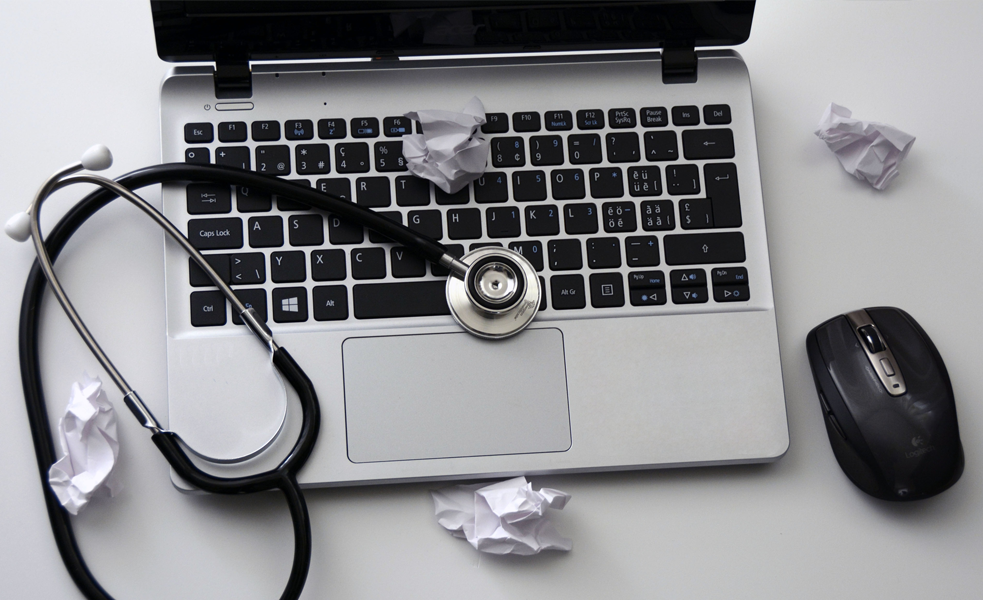|
One of the first things that many people do when they’re unwell or suffering pain is turn to Dr Google. They spend hours researching their problem on the internet and swing from extreme concern to immense relief. Sometimes they’re on the right track, sometimes they’re not. In all aspects of our lives we want answers and thanks to the society we live in today, we want them now. Waiting times, tests and more tests can lead patients to feel down and hopeless.
The problem is that most of the information that’s to be found online is generalised, and patients who search without guidance could be led up all sorts of false and dark paths. Every patient has a very specific set of symptoms and wants specific and personalised support when they use online tools. Distrust, confusion and uncertainty about the questions they should be asking leave a huge number of people sceptical about using online health tools and disbelieving of how effective they can be. Quite often, when faced with tools that are able to provide the personalised support that patients need, they arrive at the door of that solution with a pre-conceived idea that the tool will be little better than the advice they’ve already tracked down from Dr Google. Depending on the tool, this response may be completely justified, but in many instances it is not the case. According to this study published in JMIR, the blocks that patients face when asked to adopt an ehealth solution are: 1. Frustrating technology, 2. Perceiving the content as irrelevant and incomprehensible, 3. Choosing other activities and perspectives, and 4. Lacking face-to-face encounters. There’s no getting away from the fact that even the noughties are accustomed to having any significant healthcare interventions they need carried out by a human being. And Generations Y and Z, who are likely to be producing families at this point expect face-to-face consultations and follow ups when it comes to health issues that are significant enough to warrant a GP visit. Although the right ehealth solution used in the right way means that patients can get better faster and resources can be freed up, the shift from human to online was never going to be an easy one. That said, like all change, the transition can be made easier by paying attention to human behaviour and human responses. It’s a fact that certain patients are more au fait with using technology than others. Take patients who are accustomed to using applications to organise every aspect of their lives. They are likely to be much more tolerant of a clunky app that they believe has the potential to help them than those people who have never used an app for even a simple, impersonal task before. What’s more, the more human, personalised and comprehensible app content is, the more likely that even the less techy user is to accept. And the last part of the ehealth app secret is to create a natural stepping stone to the transition by mixing human contact with technology. At PhysioWizard® we’re acutely aware of the human blocks to using online health tools, which is why our priorities are to:
At PhysioWizard®, we’re not looking to replace human beings, we’re looking to free them of the run-of-the-mill tasks that take up so much of their time so they have more time to do what they’re best at – getting people well faster. If you’re an Occupational Health professional, Private Health Care provider or are in the Public Health Sector and would like to find out more about how PhysioWizard® could make life easier for you and your patients, why not request a demo?
0 Comments
|





